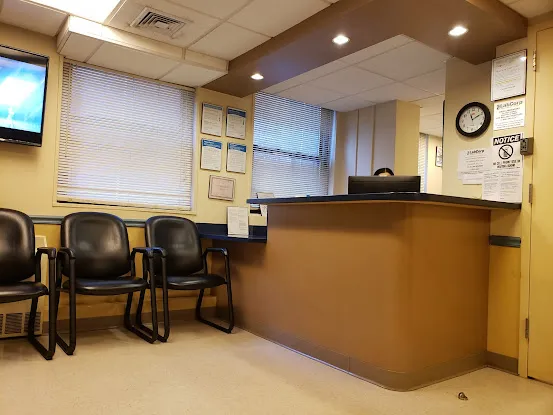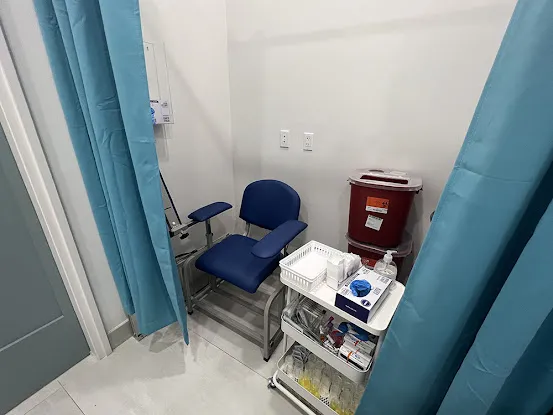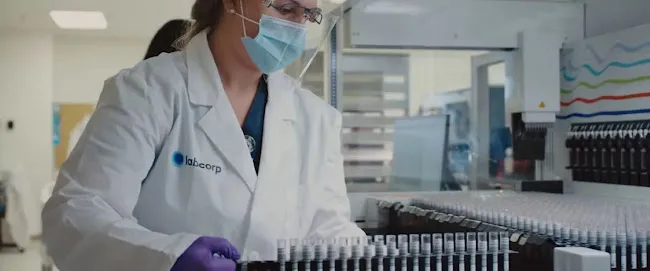Blood bank Upper West Side Manhattan
Exploring Blood Banks in Upper West Side Manhattan
The Upper West Side of Manhattan is not just known for its cultural landmarks and beautiful parks; it is also home to vital healthcare services, including blood banks. These facilities play a crucial role in the community by providing blood products for patients in need. Whether you are a resident or visiting this vibrant neighborhood, understanding the importance of blood banks can make a significant difference.
Blood banks in Upper West Side Manhattan are dedicated to collecting, testing, processing, and distributing blood. They ensure that hospitals and clinics have a steady supply of safe blood for surgeries, trauma care, and patients with chronic conditions. The need for blood donations is constant, and local blood banks often run campaigns to encourage residents to donate.
One of the most recognized blood banks in the area is the New York Blood Center, which operates several locations throughout the city, including the Upper West Side. This facility not only collects blood donations but also engages in community outreach to raise awareness about the importance of blood donation. Their commitment to safety and quality ensures that every donation is thoroughly tested and processed.
Visiting a blood bank in Upper West Side Manhattan is a straightforward process. Potential donors typically need to schedule an appointment online or walk in during operational hours. Upon arrival, they will be greeted by friendly staff who guide them through the donation process, which usually takes about an hour. Donors are encouraged to bring a form of identification and should be well-hydrated before their visit.
For those considering a donation, it’s essential to understand the eligibility criteria. Donors must be at least 16 years old (with parental consent for those under 18), weigh at least 110 pounds, and be in good health. The blood bank staff will conduct a quick health screening to ensure that each donor is fit to give blood.
In addition to blood donation, many blood banks also offer educational resources about the importance of blood donation and how it impacts the community. They often host events and collaborations with local organizations to promote community health and wellness.
To stay informed about upcoming blood drives and donation opportunities, residents can visit www.manhattan-nyc.com. This site provides valuable information about local businesses, services, and health-related events in the Manhattan area, including blood banks.
In conclusion, blood banks in Upper West Side Manhattan are essential for maintaining the health and safety of the community. By donating blood, you can make a significant impact on the lives of those in need. Consider visiting a local blood bank today to learn more about how you can help save lives.



